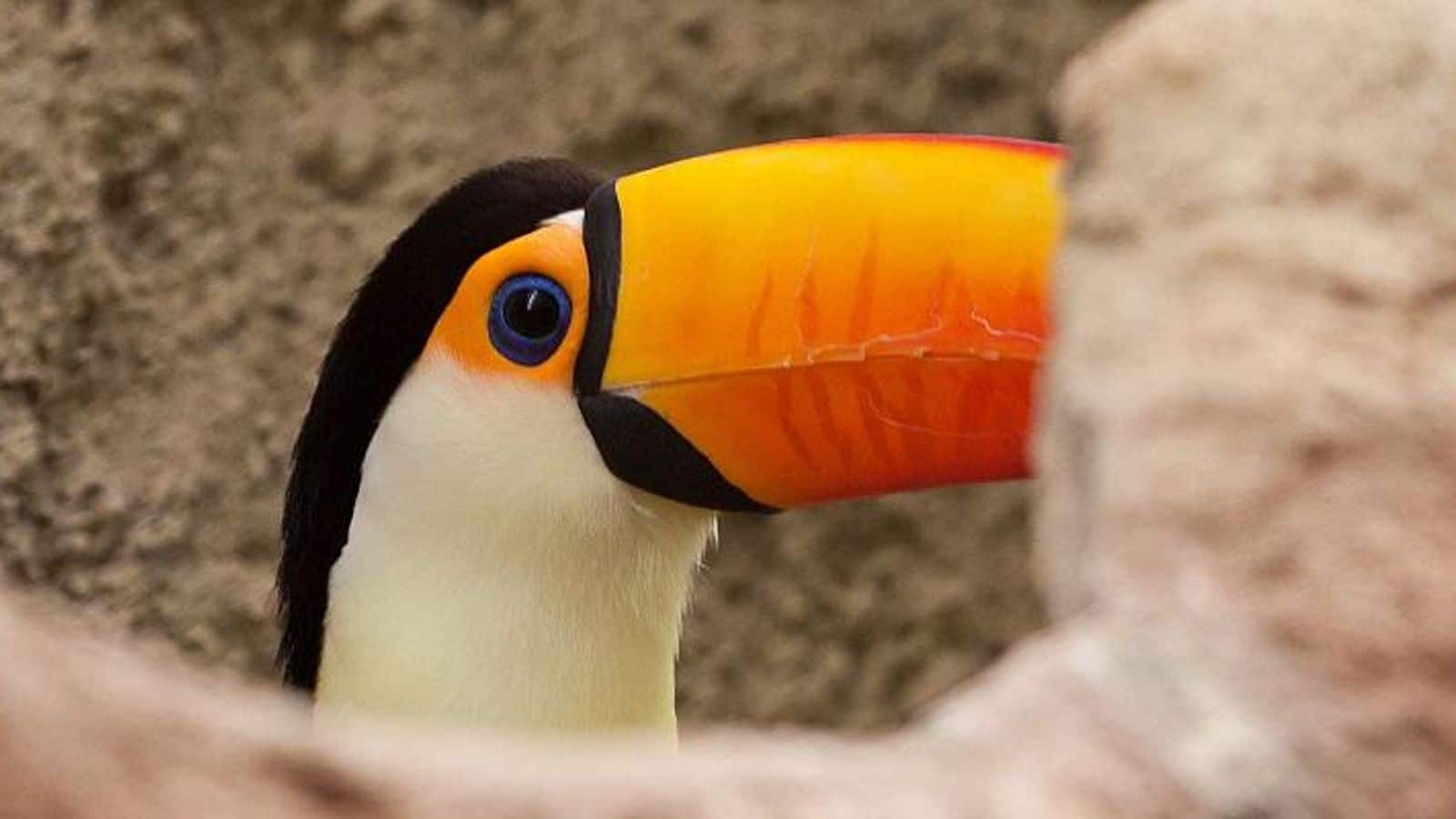
A guide to birdwatching in Brazil's Pantanal
What's the story
The Pantanal, in Brazil, stands as the largest tropical wetland on the planet. This expansive area is a haven for wildlife observation, particularly for those passionate about birds. Boasting a remarkable range of biodiversity, the Pantanal is home to numerous bird species thriving in their natural settings, establishing it as an ideal spot for birdwatchers and nature enthusiasts to converge.
Timing
Best time to visit for birdwatching
The ideal time to visit the Pantanal for birdwatching is during the dry season, from April to September. During this period, lower water levels make it easier to spot birds as they flock to remaining water bodies. This time also coincides with many species' breeding seasons, offering visitors a chance to witness unique behaviors and vibrant plumage.
Tours
Guided tours: Maximizing your experience
To fully savor the Pantanal's avian diversity, it's advisable to embark on a guided tour. Local guides with expertise lead enthusiasts to the most vibrant birding locales and share insights into the species' behaviors. They escort you to spots where encountering rare birds is more probable, while also shedding light on their natural habitats and the importance of ongoing conservation efforts.
Trails
Self-guided trails for independent explorers
Independent explorers can savor the Pantanal at their leisure on its well-marked trails. Each trail offers a unique level of difficulty and varies in length, yet all are abundantly populated with diverse birdlife. It's crucial for visitors to bring binoculars and a field guide, indispensable tools for enhancing bird spotting and accurately identifying the wide array of species they'll encounter on these scenic paths.
Photography
Photography tips for capturing avian wonders
Bird photography thrives in the Pantanal with the right approach. Capture stunning images in the soft light of early morning or late afternoon. A long lens allows for detailed shots from a distance, preserving the birds' natural state. For sharp photos during long watches, a tripod or monopod is advisable. Patience is essential; staying quiet and still can lead to extraordinary sightings.